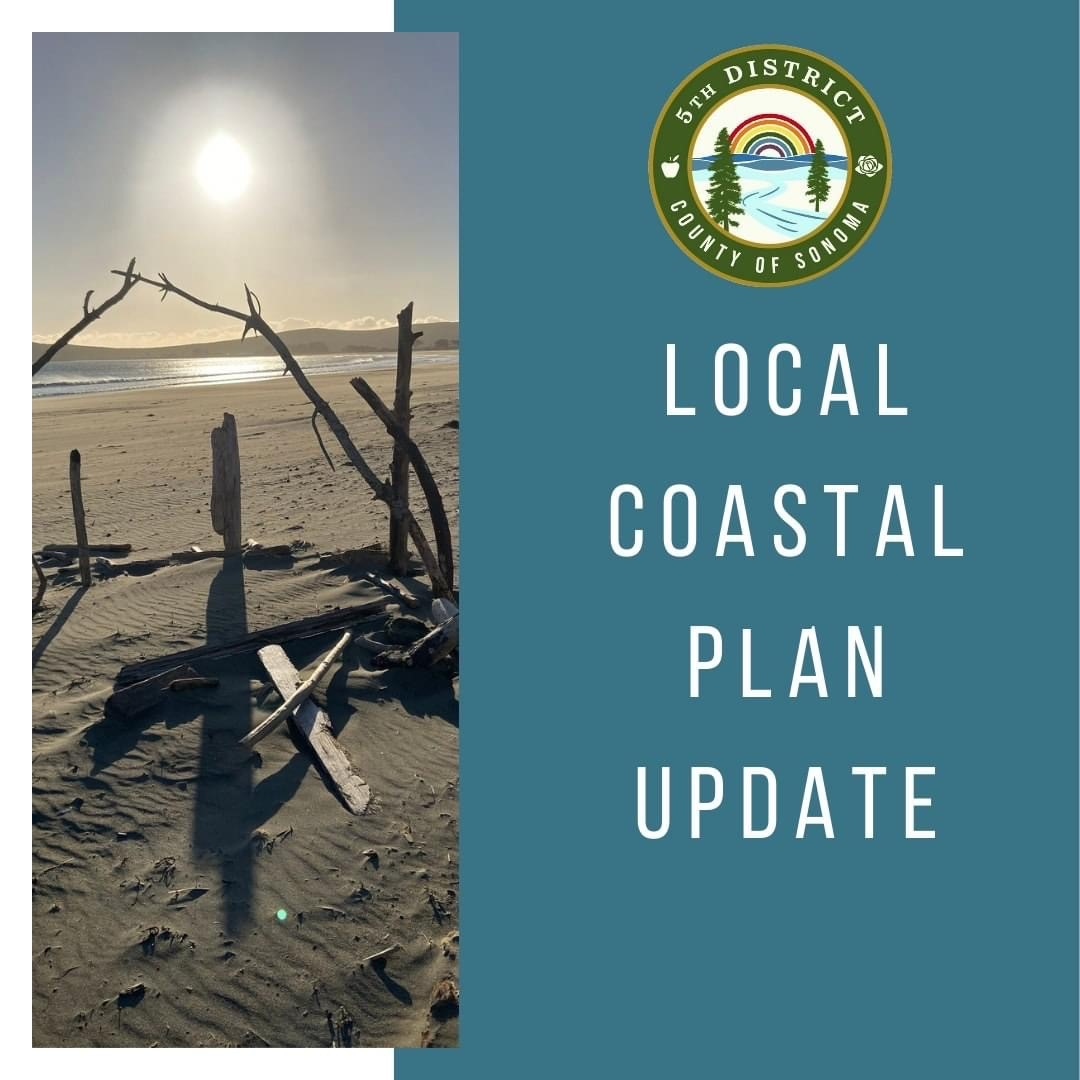Local Coastal Plan Update - 4/20/23
Published: April 20, 2023

There has been quite a bit of misinformation circling on the subject of parcel-specific zoning in the Local Coastal Plan (LCP). So I wanted to take a few paragraphs to provide some additional information and context about parcel-specific zoning in the LCP. I voted to remove parcel-specific zoning based on last year’s recommendation from our Coastal Municipal Advisory Council (CMAC). The CMAC is comprised of coastal residents selected by their communities to serve in an advisory capacity on coastal matters. The CMAC members aren’t politicians or lobbyists. They’re locals committed to public service, and they spent many, many hours being briefed on and deliberating the merits of the LCP.I also voted based on the recommendation of County staff: subject matter experts who believe that the ambiguity of the parcel-specific zoning makes it at best difficult to interpret… and at worst impossible to implement in a legally defensible way. As staff pointed out, these decades-old policies have never been used in the past to approve or deny a specific development project. In other words, the policies did not actually succeed at addressing development in the coast, either positively or negatively.It’s ironic that this vote is being framed as pro-development. In fact, the removal of parcel-specific zoning will eliminate policies *encouraging development* in Jenner, Bodega Bay, Stewarts Point, Valley Ford, Duncans Mills, and on Annapolis Road. In addition to encouraging development in these areas, the policies call out businesses that no longer exist. They also encourage on multiple parcels the development of “public horse stables,” which demonstrates the dated nature of the policies. (Nothing against horses — I know we still have many horse enthusiasts in Sonoma County! — but I have literally never received a single email requesting public horse stables on the coast. Stables are an odd thing to encourage the development of, especially over other uses such as low-cost campgrounds and trails or even parking lots with space for horse trailers… things we *do* receive requests for.)That said, I understand the reason folks are up in arms about parcel-specific zoning. It’s because of a project proposal coming from Timber Cove Resort. I first heard about the proposal several years ago. I am not familiar with the specifics of the project, and I am legally prohibited from taking a position on individual land use matters that may come before the Board of Supervisors. However, I can explain the legal context relating to that project and the Local Coastal Plan.As I understand it, additional guest accommodations are being considered on a separate adjacent parcel by the owner of the Timber Cove Resort. Environmental advocates believe that retaining the parcel specific language will prohibit this project from moving forward. I have spoken at length with County staff, and that is not the case. The parcel-specific policy language was described as “ambiguous.” Because the language refers to a business name, it is unclear whether it legally attaches to the particular parcel on which the original business was sited, or whether it can attach to a named business (which can change names or change owners or change geographic scope.) Because the parcel on which development is proposed is an adjacent parcel, there are a variety of strategies that could be deployed by the applicant under the parcel-specific zoning to move the project forward under the current parcel-specific language. This includes but is not limited to: an LCP amendment; the applicant arguing that a separate parcel is not subject to the restriction; or the applicant setting up a framework in which any new development is a separate business. When I spoke with the Director of Permit Sonoma, he stated that the current language would not prohibit the development from moving forward in the permitting process. This was confirmed publicly by Permit Sonoma staff at the recent Board of Supervisors meeting. Even if staff takes a hardline reading of the policy, it simply means that LCP amendment is part of the permit application process.But here’s the most important thing: we are poised to approve the most anti-development LCP in the history of the Sonoma Coast. The LCP we are about to send to the Coastal Commission is the most protective LCP yet. It expands ESHA (Environmentally Sensitive Habitat Area) protections. It uplifts the need to conserve water resources. It highlights the threats and impacts of climate change. It encourages the use of current data and adaptive management as ecosystems change. It recognizes the fragility of our coastal ecosystems and takes a very protective stance to preserve them for future generations. ANY development that moves forward will have to prove that it will not harm our environmental resources, impact our scenic corridor, or be out of character with our historic coastal communities. We are setting an extraordinarily high bar for anyone who wants to bring change to our coast. I feel confident that this LCP will protect, and save, our Sonoma Coast in the decades to come.
 Translate
Translate